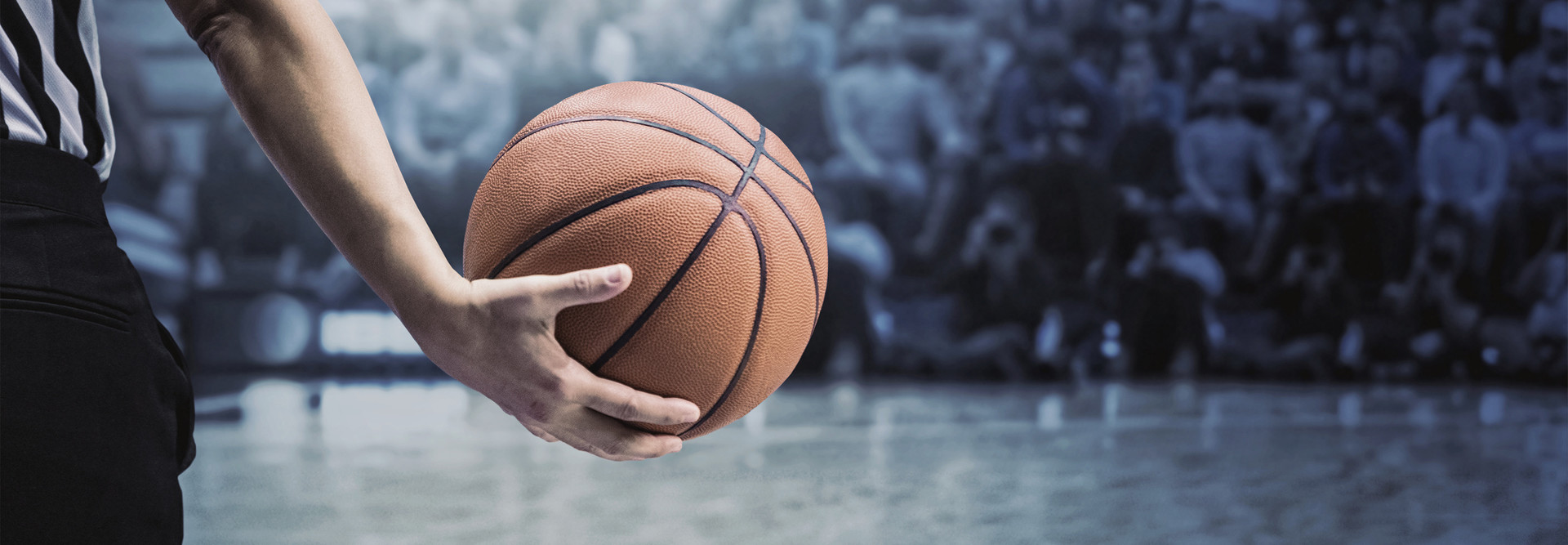Technology Delivers a Clearer Picture for Sports Officials
Video of the brawl between the Los Angeles Lakers and the Houston Rockets on October 20 has been reviewed numerous times by players, coaches, league officials and fans. But nowhere are viewers more well-equipped to break down the footage than at the NBA Replay Center in Secaucus, N.J.
The facility is designed to provide video support to game officials to make sure they get decisions right, such as block-charge judgments, out-of-bounds calls — and even penalties assessed after altercations such as the Lakers-Rockets fracas that saw punches thrown and brought allegations of spitting. The Replay Center is staffed by trained NBA referees who keep an eye on the action on 94 high-definition screens that provide video from a variety of angles. They stay connected with game officials and maintain speedy access to video feeds via a 10-gigabit fiber-optic network that can deliver 240-Mbps HD video across the continent.
Not only is the center intended to help game officials make the right calls, but it also helps them do so with less delay. Before the Replay Center opened in 2014, referees who wanted to see a replay of the action would only have the option of consulting courtside video screens, forcing fans and players to wait while they found and reviewed the footage. Now, officials at the replay center help game officials speed up their decision-making by reviewing the action proactively and having relevant information available when the refs need it. "Flow of game is crucial to basketball, so a quicker result will help our players and coaches return to action faster," Kiki VanDeWeghe, NBA executive vice president of basketball operations, said in a press release.
The NBA Replay Center is only one example of how sports leagues are using technology to improve the quality of their game adjudication. From tennis to football to basketball, sports around the world are benefitting from a variety of solutions to help referees do their jobs more accurately and effectively.
Mobile Devices Lend NFL Refs a Hand
Officiating is one of the most thankless and controversial jobs in all of sports. When a referee gets a call right, few observers notice, as that is what’s expected. But an incorrect call exposes the official to scorn and scrutiny.
Professional football is the most watched sport in the U.S., so the NFL has a strong incentive to help its officials make the right calls. The league started using instant replay to help game officials in 1986, but the technology was limited and inefficient. NFL officials have made major enhancements over the decades to speed up the process, expand its scope and improve accuracy.
Last season, the NFL began deploying Microsoft Surface tablets for referees to view replays. The league places the tablets at each 20-yard line to make the devices more easily accessible to officials than the under-the-hood system that previously was the primary means for viewing official replays. Similar to the NBA, the game officials are connected via headsets with league officials at NFL headquarters to help them arrive at the best decision. “This should improve consistency and accuracy of decisions and help speed up the process,” NFL Commissioner Roger Goodell said in statement to fans.
Camera Systems and VR Boost Accuracy
Tennis has proven to be a difficult sport to officiate, with a small ball moving at speeds in excess of 140 miles per hour. The U.S. Tennis Association has incorporated Hawk-Eye line-calling technology to help officials make accurate calls. The system uses a set of cameras situated around the court to track the path of the ball in real time. The cameras are linked to a computer that combines the views of the ball from each camera to produce a 3D representation of its path. This enables the system to make calls that are accurate to within one-tenth of an inch.
In August, the U.S. Open became the first Grand Slam tournament to use the Hawk-Eye system for every match. The technology was deployed on all 16 competition courts, a major increase from 2017, when the system was online for seven courts. “Having electronic line calling on all of our courts allows us to provide a level playing field for all competitors,” stated David Brewer, the U.S. Open tournament director.
In addition to helping officials see better, technology also may help them train more effectively. The NFL is developing training materials for referees that use virtual reality solutions to simulate the game environment. NFL CIO Michelle McKenna-Doyle said the system allows referees to work on their decision-making for difficult calls.










